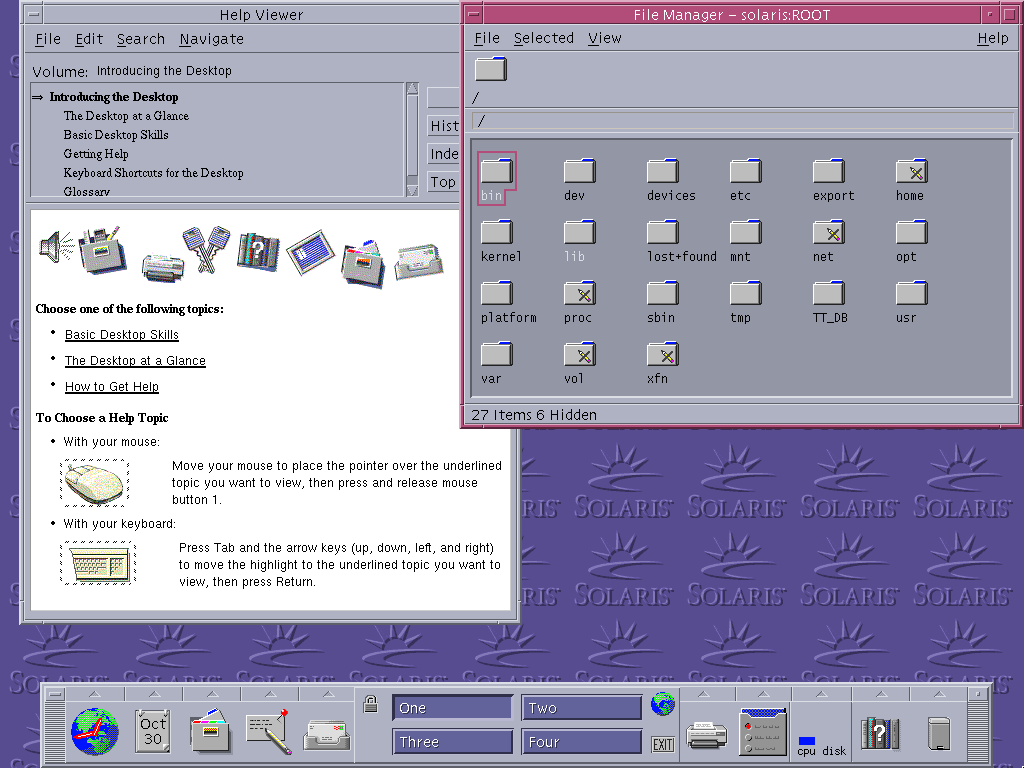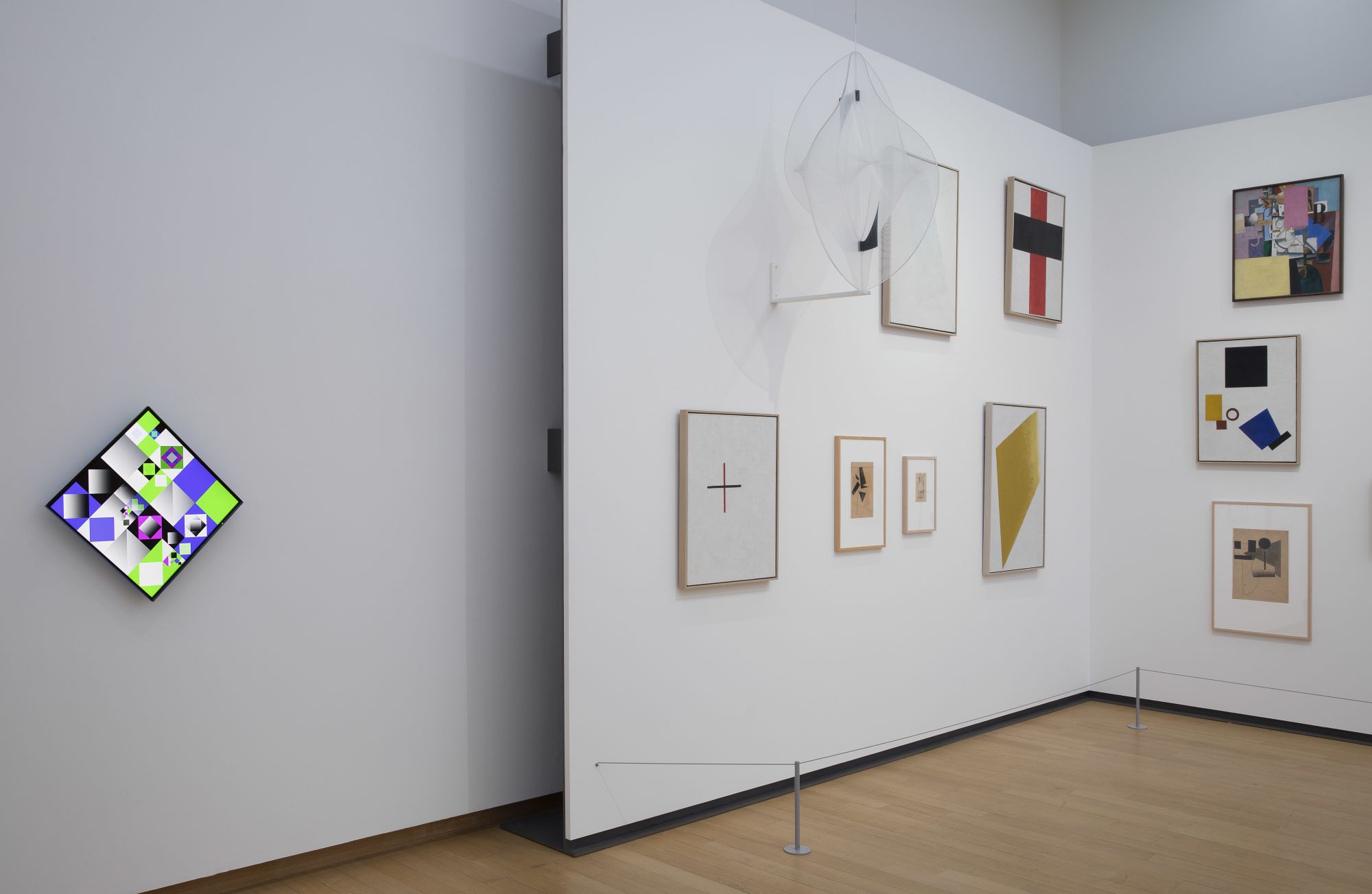Memories and Memorylessness: Markov’s Window/Markov’s Dream
Andrey Markov was a mathematician who was interested in randomness. In the jargon of probability theory, a mathematical object defined by a set of random variables is known as a ‘stochastic process’. Markov became interested in how much you could know about a stochastic process, and in his research he developed a model we now call the ‘Markov process’ – some people refer to it as a ‘Markov chain’. The Markov process examines the state of a system at a given time and attempts to project the next state of that system based on existing relationships.
Crucially, Markov’s process ignored previous states; only the current state mattered, and, therefore, Markov processes are often described as being ‘memoryless’, as they only concern themselves with the present.
Human beings are different. While computer scientists and information theorists have tried to consider human activities – particularly language use – within the frame of the Markov process, the results are disappointing. Human beings are creatures of memory, creatures of language.
‘Markov’s Dream’ (2022), for me, is a kind of culmination of long-standing previous states of mind and life. In that way, perhaps it is not strictly ‘Markovian’ but the work is very much about the ways in which we relate to Markovian thinking.
Initial System State: Windows that Open, Windows that Close
‘Markov’s Dream’ and its predecessor, ‘Markov’s Window’ are works that take me back to the beginnings of my work with computer programming. As I had been interested in computer programming, and in particular computer graphics, for as long as I can remember, it seemed the obvious choice for me to go study computer science after I graduated high school. I was delighted by the Sun SPARCstation we had on campus, with its square user interface and unlimited fast internet (I didn’t have cable internet at my parents’ home in 1998). Even before the study year started, I would take a pile of floppy discs with me to right-click-save-as the web pages that fascinated me, because they had specific JavaScript code snippets that I could use at home.

When my formal studies began, I was quite disappointed: we were not going to work on computer graphics at all; we were learning mathematics: discrete mathematics, logic, calculus, topology, theorem solving, proofs, all kinds of abstract systems that seemed barely applicable to the rich visual world I experienced on screen. But, during this time, I did learn programming skills in the software engineering courses, which I loved. Also the artificial intelligence courses for problem solving using search heuristics, genetic algorithms, and recursion inspired me.
In my ‘spare time’ I would use my learnings from uni to develop generative animations completely outside of the curriculum of my studies. I did not feel at home at uni. It was a strange, hermetic environment, almost like a monastery, and, like a monastery, the almost complete lack of female students disturbed me. It was socially frustrating as well: how could I create work that resonated with a wide spectrum of people if I spent so much time in male-coded (literally) spaces?
Later, I met a group of young female students at a party in a squat in the suburb I was from. They were studying photography at an exotic location called an ‘art school’. I wanted to be part of the world they described, so I applied at this ‘art school’ of which I’d been told.
Applying to art school was a strangely Markovian process. When I showed my computer animations to the entrance exam committee, they told me that my algorithmic art had the same artistic value as figure skating. They rejected me. The state of the system at the given moment was all they could see. Later, after I had diversified my portfolio, they let me in. Systems with memories can change dramatically in response to their environment.
In this period of transitioning between studying computer science and art, I created Macromedia Flash animations such as ‘Markov’s Window’ (2004). Discouraged by the dismissal of this animation at both uni and art school, I forgot about the artwork. But, as humans, we are not good at forgetting completely, and, eventually, it found a place in a group exhibition at Upstream Gallery in 2018. A curator from De Stedelijk Museum Amsterdam visited this exhibition and decided to purchase and permanently install it alongside original work by Piet Mondriaan and Kazimir Malevich.

The composition of ‘Markov’s Window’ starts off as a single square that fills the whole screen. This square can split into multiple segments; it might change its colour, or it might rotate 45°. Each of these changes in appearance have a particular chance of happening, purely based on their current state. A few simple probabilistic rules thus produce potentially complex compositions. Whereas Constructivists and Suprematists might have made many studies and versions to reach a single ‘best possible’ composition, this work instead embraces perpetual change.
In ‘Markov’s Window’ a square can subdivide into smaller squares, which, in turn, can split into other segments, and onward into infinity. This property of nested subdivision is called ‘recursivity’, and is commonly found in software development, architecture and linguistics, indeed it was in Noam Chomsky’s first important paper, ‘Three Models for the Description of Language’ (1956), that he explicitly considers and rejects the Markov process as a potential model for human language in favour of a recursive one (this hasn’t stopped contemporary programmers on a budget from using Markov processes in computer language processing, however).
From Interactivity to Interpassivity: The Closing of Markov’s Window
Over the following years, algorithmic and digital art in general have evolved considerably. When I began my journey in software development, computing systems were still very much text based, and one would speak of programmes as ‘tools’. Even though operating systems already had windows and mouse control, the primary mode of interacting with these systems for me was through command line interfaces, where thousands of small computer programmes could be connected, chained, and combined to achieve potentially any desired task. This put huge agency in the hands of the user/programmer, but, of course, made it challenging for novices to operate such a system.
Gradually, operating systems became more graphically oriented, allowing the less technically initiated to also achieve complex tasks. User interfaces became more and more user friendly. The software that had been called ‘tools’ now became ‘platforms’. These platforms, however, are owned by corporations, and economic imperatives place limits on the almost unlimited potential licensed by technological and design advances. These platforms embrace digital enclosure, rather than interoperability. Efficiency applies to profit generation, not creativity. The user is stupefied: an ‘operator’ becomes ‘user’; an ‘artist’ becomes a ‘content creator’, with no agency or control for the walled garden or silo in which they are entrenched.
To help users feel comfortable in these limiting interfaces, UX designers gradually began to give all square-shaped user interface elements (e.g. windows, buttons, input fields) rounded edges, shadows, and gradient colours. Particularly if you use MacOS you’ll notice that pretty much everything on your screen is, to some extent, rounded and ‘organicised’. This is all in an effort to make the UX more metaphorically connected with human bodies, which have no hard edges. Computers become platforms for humans who become tools in the profit sequestration chain.

‘Markov’s Dream’ is a response to this phenomenon. The pure Platonic forms of ‘Markov’s Window’ have been replaced by impure circles or rounded squares in the dream space.
Sometimes parameters of the animations are fixed, sometimes they are fed with random numbers. As parameters are informed by these undetermined random numbers (comparable to throwing a die) the chance the generative process will repeat an image is close to zero. It will forever bring about new unpredictable compositions. This is in strong contrast with, for example, video art, which often depends on a predefined order of appearance, a beginning, and an end.
This new work exists as 32 tokens, which are gradually released over time. Each unique token is animated, coloured, and nested, as a ‘setting’ of a computer programme created by me. Because of this, the gradual birth of the remaining tokens will illustrate my own artistic development while creating the remaining tokens. Markov’s process, thus, will become a window into memories, aesthetic memories and personal ones.
– Harm van den Dorpel, 2022 (editorial assistance from Habib William Kherbek)